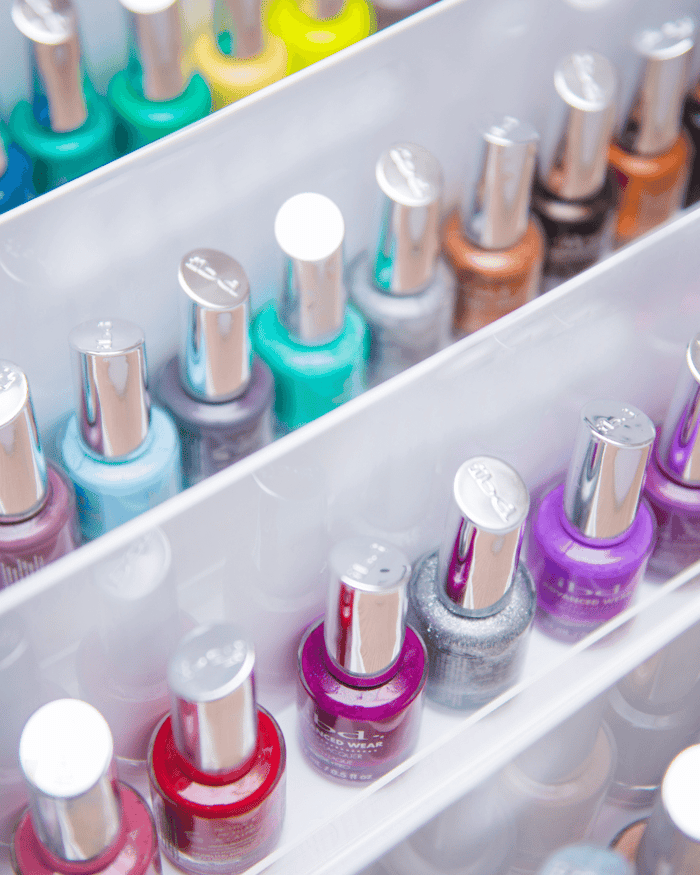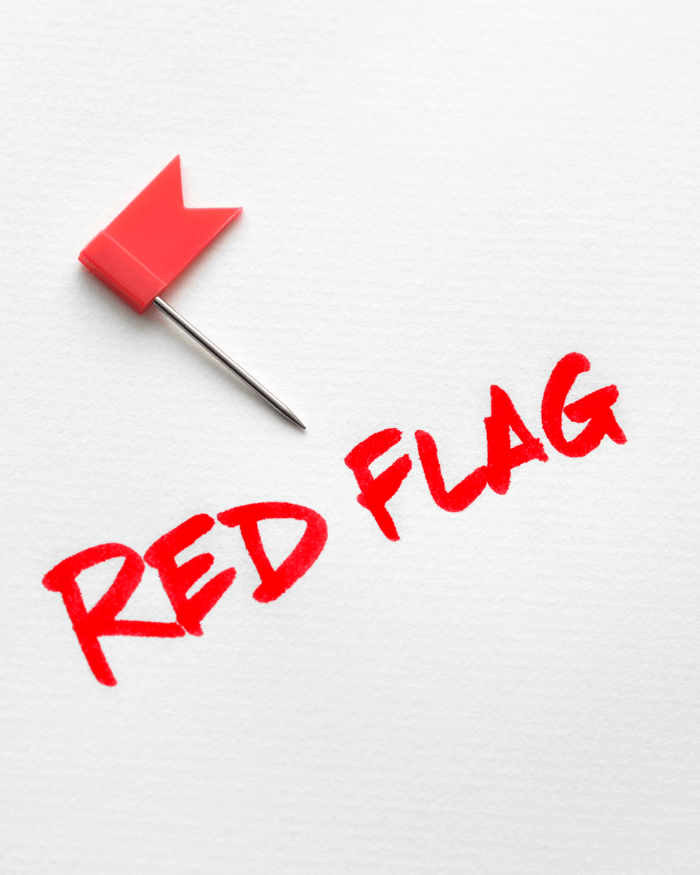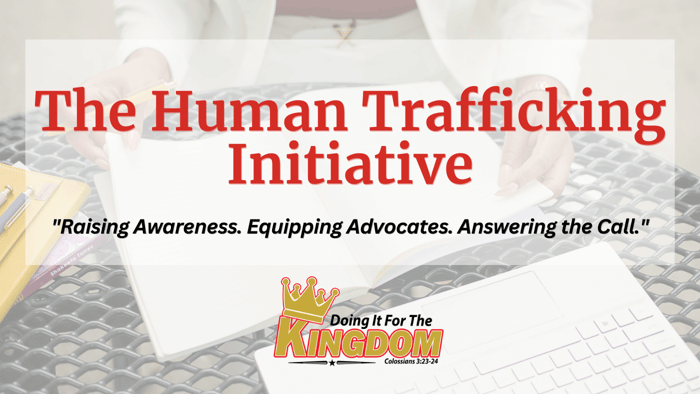Table of Contents
- Polished but Trapped: Shedding Light on Human Trafficking in Nail Salons
- Why Human Trafficking in Nail Salons are Hot Spots
- How Human Trafficking in Nail Salons Happen
- Real-Life Cases of Human Trafficking in Nail Salons
- Red Flags for Trafficking in Nail Salons
- Why This Issue Is Often Overlooked
- Organizations Combatting Trafficking in the Beauty Industry
- How Customers and Communities Can Help
- Final Thoughts
- FAQs
Polished but Trapped: Shedding Light on Human Trafficking in Nail Salons
Polished but Trapped: Shedding Light on Human Trafficking in Nail Salons
 When we think about places where human trafficking might be hiding, nail salons probably don’t top the list. With their bright lights, relaxing music, and luxurious services, salons seem far removed from the dark world of exploitation. But the truth is, some nail salons across the United States—and globally—have become hidden hubs for labor trafficking and exploitation.
When we think about places where human trafficking might be hiding, nail salons probably don’t top the list. With their bright lights, relaxing music, and luxurious services, salons seem far removed from the dark world of exploitation. But the truth is, some nail salons across the United States—and globally—have become hidden hubs for labor trafficking and exploitation.
In this blog, we’ll explore how human trafficking in nail salons shows up, recent real-life cases, red flags to watch for, and how communities, professionals, and customers can help stop this hidden injustice.
Why Human Trafficking in Nail Salons are Hot Spots
The nail industry is booming. According to the Professional Beauty Association, there are over 400,000 licensed nail technicians in the U.S., many immigrants from countries like Vietnam, China, and Korea. While most nail salons operate ethically, some exploit workers—especially undocumented immigrants—through labor trafficking.
The reasons nail salons are vulnerable include:
High demand and quick service expectations
Language barriers and immigration vulnerabilities
Cash-based and tip-dependent income
Limited regulation and oversight in many states
Cultural pressure to remain silent or loyal to employers
How Human Trafficking in Nail Salons Happen
Trafficking in nail salons typically involves labor trafficking—where workers are controlled through force, fraud, or coercion. Here's how it often unfolds:
1. False Promises of Employment
Victims are often recruited from overseas with promises of good jobs, visas, or green cards. Some are lured through friends or family connections. Once in the U.S., they are trapped by unexpected debts, withheld documents, or exploitative contracts.
2. Debt Bondage
Trafficked workers may owe tens of thousands of dollars to their traffickers or recruiters. They are told they must “work it off” but are paid little to nothing. The debt never seems to go away.
3. Control Tactics
Long, unpaid shifts (10–12 hours, 6–7 days per week)
Confiscation of passports or immigration documents
Housing provided by the employer is often overcrowded and unsafe
Verbal abuse, threats, or physical intimidation
Threats of deportation if the worker reports abuse
Traffickers often exploit the victim’s fear, isolation, or cultural shame to maintain control.
Real-Life Cases of Human Trafficking in Nail Salons
✦ Case: New Jersey Nail Salon Ring (2022)
In a significant labor trafficking bust, federal agents discovered multiple nail salons in New Jersey were employing undocumented women from Vietnam. The women lived in a single apartment owned by the salon operator and worked 10–14 hour days with no wages. Some victims were under 18.
Source:
U.S. Department of Justice Press Release
https://www.justice.gov/usao-nj/pr/six-charged-human-trafficking-and-forced-labor
✦ Case: Atlanta Nail Salon Investigation (2021)
Local authorities partnered with ICE and DHS to investigate a chain of nail salons in Atlanta suspected of labor exploitation. Victims reported being promised fair wages but were paid less than $2/hour. They were told they’d be deported if they reported abuse.
Source:
U.S. Immigration and Customs Enforcement (ICE)
https://www.ice.gov/news/releases/atlanta-salon-labor-trafficking
✦ Case: New York State Trafficking Alert (2023)
After a year-long undercover investigation, the New York State Task Force on Human Trafficking found evidence of trafficking in over a dozen salons. Common tactics included debt bondage, document confiscation, and verbal threats.
These cases highlight a sobering reality: even seemingly legitimate businesses can be used as fronts for exploitation.
Sources:
New York State Office of Temporary and Disability Assistance – Trafficking Reports
https://otda.ny.govNews coverage: NBC New York
https://www.nbcnewyork.com/news/local/nail-salon-trafficking-bust-nyc/4265178/
Red Flags for Trafficking in Nail Salons
Here are signs that may indicate labor trafficking in a nail salon:

Workers seem fearful, anxious, or submissive
They don’t speak English, and someone else answers for them
Employees live at or are transported by the owner
Prices are unusually low compared to the market average
Salon operates long hours without variation
No license is displayed, or only one license for multiple workers
Workers seem exhausted, malnourished, or overworked
It’s important to remember that these signs don’t prove trafficking, but they cause concern—mainly when observed together.
Why This Issue Is Often Overlooked
Trafficking in nail salons is challenging to detect and rarely reported. Reasons include:
Language barriers prevent victims from seeking help
Cultural norms around endurance and silence
Lack of legal immigration status makes workers fear deportation
Customers assume everything is normal and don’t know what to look for
Minimal state regulation or enforcement in salon practices
Public education is essential because exploitation can be hidden behind a smile and a manicure.
Organizations Combatting Trafficking in the Beauty Industry
1. Asian Pacific Islander Legal Outreach (APILO)
Provides legal support and outreach to Asian and Pacific Islander communities, especially in cases of labor trafficking and workplace abuse in beauty and service industries. 🌐 https://www.apilegaloutreach.org
How Customers and Communities Can Help
You may not be an investigator—but your awareness and compassion can be powerful tools in the fight against trafficking. Here’s how you can help:
1. Support Ethical Salons
Look for salons that display licenses for every technician
Pay attention to pricing—extremely low costs could indicate exploitation
Ask how long technicians have worked there and whether they enjoy their job
2. Report Suspicious Activity
If something doesn’t feel right:
Call the National Human Trafficking Hotline (1-888-373-7888)
Text “HELP” to 233733
Alert local authorities if you feel safe doing so
3. Spread the Word
Share this blog post with others
Host or attend a trafficking awareness event
Follow anti-trafficking organizations and share their content
4. Pray and Partner
Pray for exploited workers and for justice to be served
Partner with faith-based nonprofits offering training and survivor support
5. Become an Advocate
If you’re a cosmetology instructor or salon owner, educate your students and staff on identifying signs of exploitation
Work with your local government to promote ethical licensing and inspections
Final Thoughts
A fresh manicure should never come at the cost of someone else’s freedom. While most nail salons operate legally and ethically, it’s essential to acknowledge that trafficking does exist in this industry—and to act when we see injustice.
Every tip, every conversation, and every act of awareness counts.
At Doing It For the Kingdom, we are committed to unmasking hidden forms of exploitation and equipping communities with faith-based tools to respond. Will you join us?
Subscribe to our newsletter, become a Kingdom Justice Partner, or invite us to your church or school for training.
Let’s bring justice to the surface—one story, one salon, one soul at a time.
FAQs
1. How does human trafficking happen in nail salons?
Human trafficking in nail salons typically involves labor trafficking, where workers—often undocumented immigrants—are brought in under false promises of legal work or fair wages. Once hired, they may face debt bondage, long unpaid shifts, document confiscation, threats of deportation, and poor living conditions controlled by their employer.
2. What are the signs that a nail salon may be involved in trafficking?
Warning signs include:
Workers who appear fearful or overly submissive
Employees who don’t speak English and defer to the owner
No displayed licenses for individual technicians
Unusually low service prices
Long hours without breaks or rotation
Workers being transported to and from the salon together
3. Why are nail salons vulnerable to labor trafficking?
Nail salons are often underregulated, cash-based, and staffed by immigrant workers, many of whom may not speak English or know their rights. The combination of language barriers, immigration fears, and informal employment structures make them easy targets for traffickers.
4. Are there organizations helping nail salon workers who are being trafficked?
Yes. Organizations such as the Polaris Project, the National Human Trafficking Hotline, and the New York Nail Salon Workers Association provide support, legal aid, and advocacy for exploited salon workers. Faith-based nonprofits like Doing It For the Kingdom also raise awareness and offer trauma-informed, spiritual support to survivors.
5. What can I do if I suspect trafficking at a nail salon?
If something doesn’t seem right, you can call the National Human Trafficking Hotline at 1-888-373-7888 or text “HELP” to 233733. You can also contact local authorities or report anonymously. It’s important not to confront the suspected trafficker directly for your safety and the victim’s protection.


